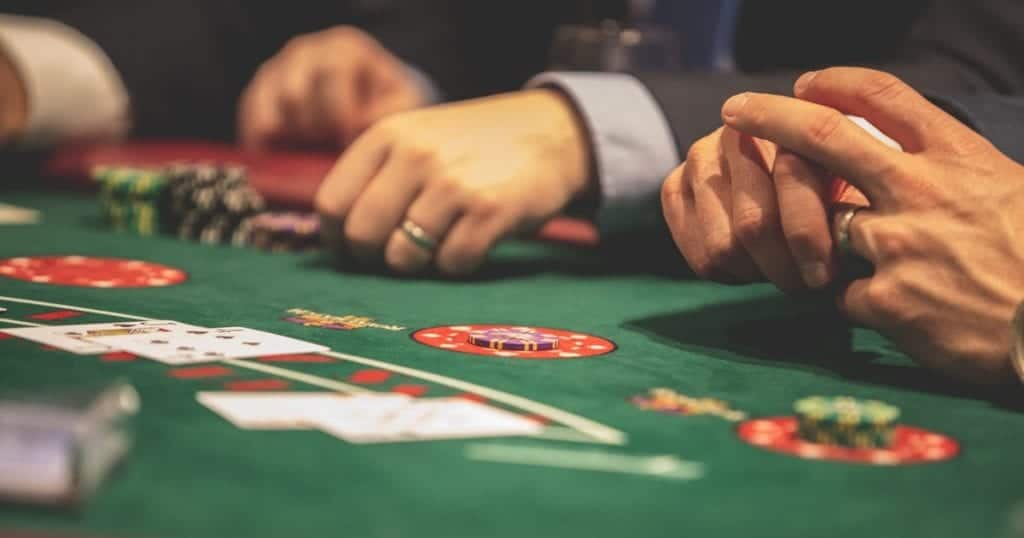
What is a mean reversion system trading system?
Mean Reversion
Mean reversion is buying weakness, and selling strength. Warren Buffett is a mean reversion trader, essentially. He is buying value and waiting for those companies, or that value to be realised.
There’s a number of reasons why someone would trade this type of strategy. First of all, the diversification. I think if you have a look at some of the top trend followers around you will see they have instigated other types of systems to offer diversification. Trend following can be a bit lumpy at times and mean reversion tends to be a bit more consistent. A mean reversion strategy can offer diversification with other strategies, which is one of the reasons why I do it.
Trading Frequency
Secondly, mean reversion offers high trade frequency and trade frequency is very important for profitability because you get to exploit your edge more often. If you have a strategy that makes fifty trades a year there’s only so much P&L that you can pull out of that strategy, in the year. But if you have another strategy that does five hundred trades a year, you can exploit your edge a lot more. The classic example of this is a casino. Casinos have a very small edge. The goal of the casino is not actually gambling. It is to get people into the casino in order for them to gamble, which is why they offer low priced meals, they offer free alcohol, and they offer all the big glamorous shows and the big shopping malls. The goal is to get people into the casino and then get them gambling, that’s why they’re open 24/7. The casino can exploit their edge as often as possible.
In fact, many casinos don’t have croupiers at the roulette table anymore. A croupier slows the game down. The croupier has to collect the money, spin the wheel, move the chips around, etc. That slows the game. So to speed the game up they actually removed the croupier and instead the player just puts the credit card straight into a machine and it’s all automated and it speeds the game up. The casino gets to exploit their edge more often in any given hour of play.
Mean reversion tends to be shorter term in nature. For example, my strategies, even though they’re end of day strategies, they have an average hold time of three to four days, and they’ll produce anywhere from two hundred to a thousand trades a year.
Mean Reversion Strategies
Mean reversion strategies tend towards a higher win rate, and they can therefore be a little bit more comfortable for people to trade. Obviously, and I’ve explained this many times before, we are brought up in a society where being right more often than not, is rewarded. It’s very difficult for people to run a trend following system that has a win rate of 40% of 45% because you have a lot more losing trades, and that can be quite difficult to handle. Mean reversion systems tend towards win rates around 60% to 65%. That in turn also allows a faster drawdown recovery, because you’re exploiting your edge a lot more. I’m not saying the drawdown is necessarily smaller but you can tend to recover quicker.
You can trade alongside our own Mean Reversion strategy using our Chartist US Membership.


